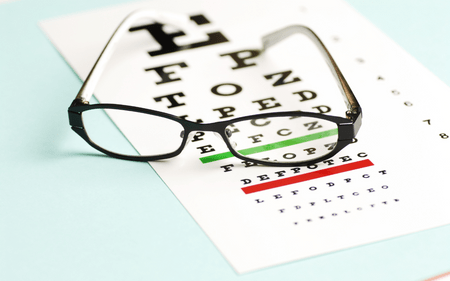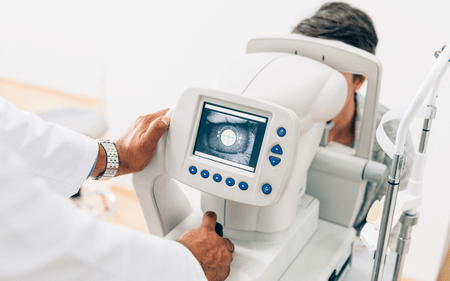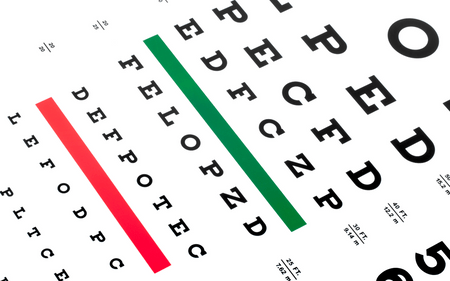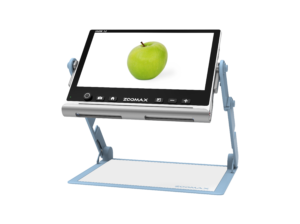
Eye discharge is a common and sometimes alarming issue. Symptoms such as itching, redness, or blurred vision may accompany eye discharge. In this blog, we will explore six common questions concerning eye discharge — from identifying the type of eye discharge to understanding how it can affect vision and providing valuable insights and practical tips to help you manage this common issue.
1. What’s Eye Discharge?
Eye discharge, also known as rheum, is a natural and, in most cases, risk-free byproduct of the eye’s tear film that coats the eyes and serves to moisten and protect your eyes. Eye discharge can gather in the corners of the eyes or on the eyelashes, and vary in consistency and color, ranging from thin and clear to thick and yellowish. However, excessive or abnormal eye discharge might be a sign of eye infection or condition. In other words, if the discharge is accompanied by additional symptoms such as redness, itching, pain, or blurry vision, it is time to seek medical attention from an eye doctor or other healthcare professional. Because these symptoms indicate that there may be an infection in your eyes.
2. What are the Symptoms of Eye Discharge?
Eye discharge can cause discomfort and a gritty feeling in the eyes, making it difficult to open and close the eyes. It may also cause blurred vision, making it difficult to see clearly. Common signs of eye discharge include:
- Sensitivity to light, or feeling uncomfortable in brightly lit areas.
- A sticky, crusty substance forms around the eyes. This substance can be difficult to remove and may cause the eyes to feel dry and irritated.
- Redness and inflammation around the eyes. This might happen as a result of the immune system’s reaction to the infection or allergy.
- Moreover, eye discharge could also occur alongside other symptoms such as fever, headaches, and pain around the eyes. If you experience any of these syndromes along with eye discharge, it is important to seek medical attention immediately.

3. Do Children and Adults Have Different Eye Discharges?
Actually, children and adults have different types of eye discharge. In short, it is a common phenomenon that blocked tear ducts will cause eye discharge in newborns; besides, children, in general, have weaker immune systems than adults due to their weakened systems and their tendency to rub their eyes more frequently. In these situations, parents don’t need to overly concern about it. Of course, if the discharge persists or is accompanied by redness, swelling, or fever, parents should seek medical help.
Eye discharge in older children and adults may be caused by a variety of reasons, including allergies, infections, or irritants like smoke or dust. The discharge can be watery, thick, or pus-like, and may be accompanied by other symptoms like redness, itching, or sensitivity to light. It’s critical to identify the underlying cause of eye discharge and get the proper treatments to prevent vision loss.

4. Does Eye Discharge Cause Low Vision?
Low vision, 20/200 vision, or worse is rarely caused by eye discharge. But, if left untreated, the underlying ailment that causes eye discharge will also lead to vision loss. For instance, untreated bacterial conjunctivitis, which may result in eye discharge, would harm the cornea and cause more serious vision problems — impaired visual acuity or even blindness. Another eye disease, such as chronic dry eye syndrome can cause eye discharge, and if left untreated, it can lead to corneal damage and vision loss. Therefore, if you are experiencing eye discharge or any other eyesight-related symptoms, it is important to seek the advice of a healthcare professional.

5. How to Manage or Prevent Eye Discharge?
Depending on the reason for eye discharge, the solutions for managing and preventing eye discharge involve taking antibiotics, antihistamines, or another type of medication under the guidance of an optometrist. Besides, making lifestyle changes like avoiding irritants or maintaining good hygiene also contribute to alleviating symptoms of discomfort. The following actions can be taken in our daily life:
- Regularly wipe the eyes with warm water or a mild eye wash solution. This can assist in removing any dirt or irritants that might cause eye discharge. Besides, avoid rubbing the eyes too much or touching them with your hands as can further irritate the eyes and increase the risk of infection.
- A balanced diet that is rich in vitamins and minerals is vital for maintaining good eye health. Besides, regular exercise and getting enough sleep can also help to keep your eyes healthy.
- For people who experience persistent or severe eye discharge, it is important to seek medical attention from an eye doctor. Evaluating your symptoms and determining the underlying cause of the discharge will help you treat the issue and maintain the health of your eyesight.
- For contact lens users, it is important to follow proper lens care and hygiene practices to reduce the risk of eye infections.

6. How Can Low Vision Aids Help People With Eye Discharge?

Since eye discharge can cause blurred vision, light sensitivity, and other eye diseases, it can be difficult for those suffering from eye discharge to perform daily tasks and maintain overall independence. Low vision aids can be quite helpful in these instances. By providing magnification and improving contrast, low-vision aids such as telescopes, electronic video magnifiers, and low-vision E-glasses can make it easier for persons with eye discharge to read, view images, and navigate the environment with greater ease, and give them more control and freedom in their daily lives.
Low vision aids from Zoomax offer a range of handheld and head-mounted low-vision devices that can help individuals with visual impairments caused by eye discharge. Handheld electronic video magnifiers, such as Luna 6, Luna 8, and Luna S, have high-definition cameras and a range of magnification levels to help users with low vision to read and view images. These devices are lightweight and easy to use, making them a great option for those who need to access information on the go. Portable electronic video magnifier Snow 12 features a 12-inch high-definition screen, foldable stand and various contrast and color modes. It also has OCR (optical character recognition) technology, which can read text aloud to the user. This feature is particularly useful for those with eye discharge that affects their ability to focus.

For those who need more support, low vision E-glasses Acesight (with AR technology) and Acesight VR provide a wide field of view and high magnification levels, allowing users to see even with eye discharge. Especially Acesight VR, a fully enveloping design that can filter out glare and reduce sensitivity to light, is especially helpful for people with eye discharge who experience light sensitivity. Both of them are comfortable to wear and adjustable to fit different head sizes and shapes.
If you want to learn more about low-vision E-glasses, please read: Low Vision E-glasses: Hands-free Solution for Visual Impairments
Of course, it is also important to consult with an eye care professional to determine the best low-vision aids for your specific needs. Some low vision aids may require a prescription and may need to be custom-fitted or adjusted to provide the most benefit.

